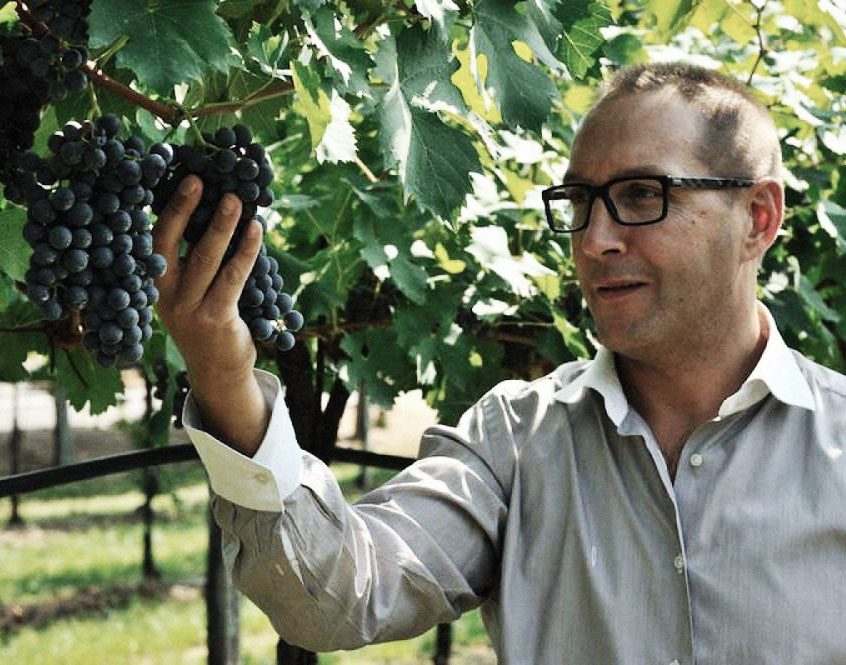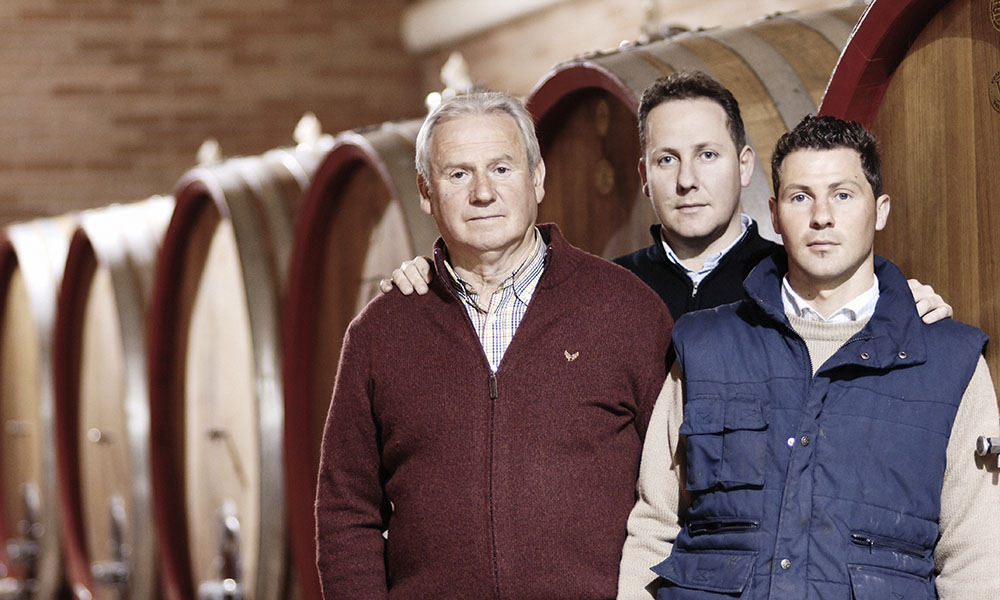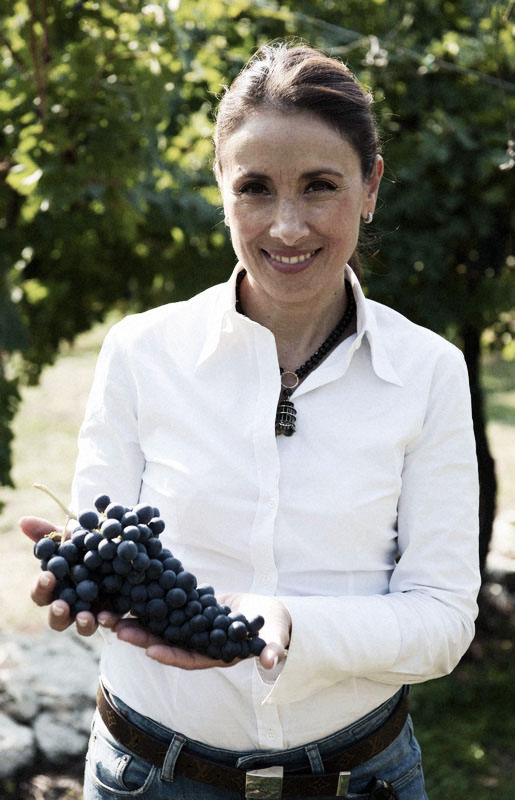Although 2013 got off to a rocky start, due to moisture early in the season, ripening conditions were ideal, ultimately yielding a good vintage that has produced wines of sound quality that define their terroir well. There was no shortage of impressive wines on offer, although they won’t be released for some time yet.
It’s really only in recent years that Amarone has risen to prominence and come to enjoy such recognition. Today this wine accounts for about one third of the region’s wine revenues and its production has increased fivefold in the last 20 years.
In retrospect, my exploration of this style might have started in a shower. Specifically, in an Italian shower, which boasted several components — from the telephone head with pulsating options to full body sprays and even a foot bath — all of which provided a potent reminder of precisely how Italians are masters of concept and the art of design. My point is that, as with many things Italian, when it comes to grapes and their ultimate fate, there is arguably no wine anywhere so carefully conceived, designed and executed as Amarone, the Veneto’s standard bearer.
As the saying goes, great wine is made in the vineyard. No argument there. But great wine, as we know, is also made by people, in wine cellars, using techniques firmly grounded in tradition and, even in today’s less-interventionist era, often still with a degree of manipulation and sophistication.
It wasn’t always thus. Ironically, Amarone della Valpolicella was first made by mistake. A mere accident of birth, this driest of red wines was first uncovered in a long-forgotten tank of Recioto. It came to light only in 1938, in an undistinguished, dark corner of a Valpolicella cooperative, on which the region’s wine industry at the time was firmly based. Through arrested fermentation, Recioto has always been made as a sweet wine. But the forgotten contents of the elusive tank in question had continued to ferment the sugars into alcohol. The fully fermented (and now high-alcohol) wine turned out to be far drier, more intense and much stronger — all of which proved promising for the long run.
While Recioto, made also from dried grapes, is sweet by design, the contrasting drier style may have seemed bitter — amaro — by comparison. Hence Amarone, or the Great Bitter One, seemed to be the perfect handle. Today, the co-op in question, Cantina Valpolicella Negrar, has been transformed into one of the region’s leaders, with state-of-the-art, immense computer-controlled drying rooms — and, yes, a display of original bottles commemorating the occasion.



